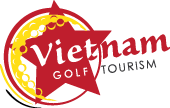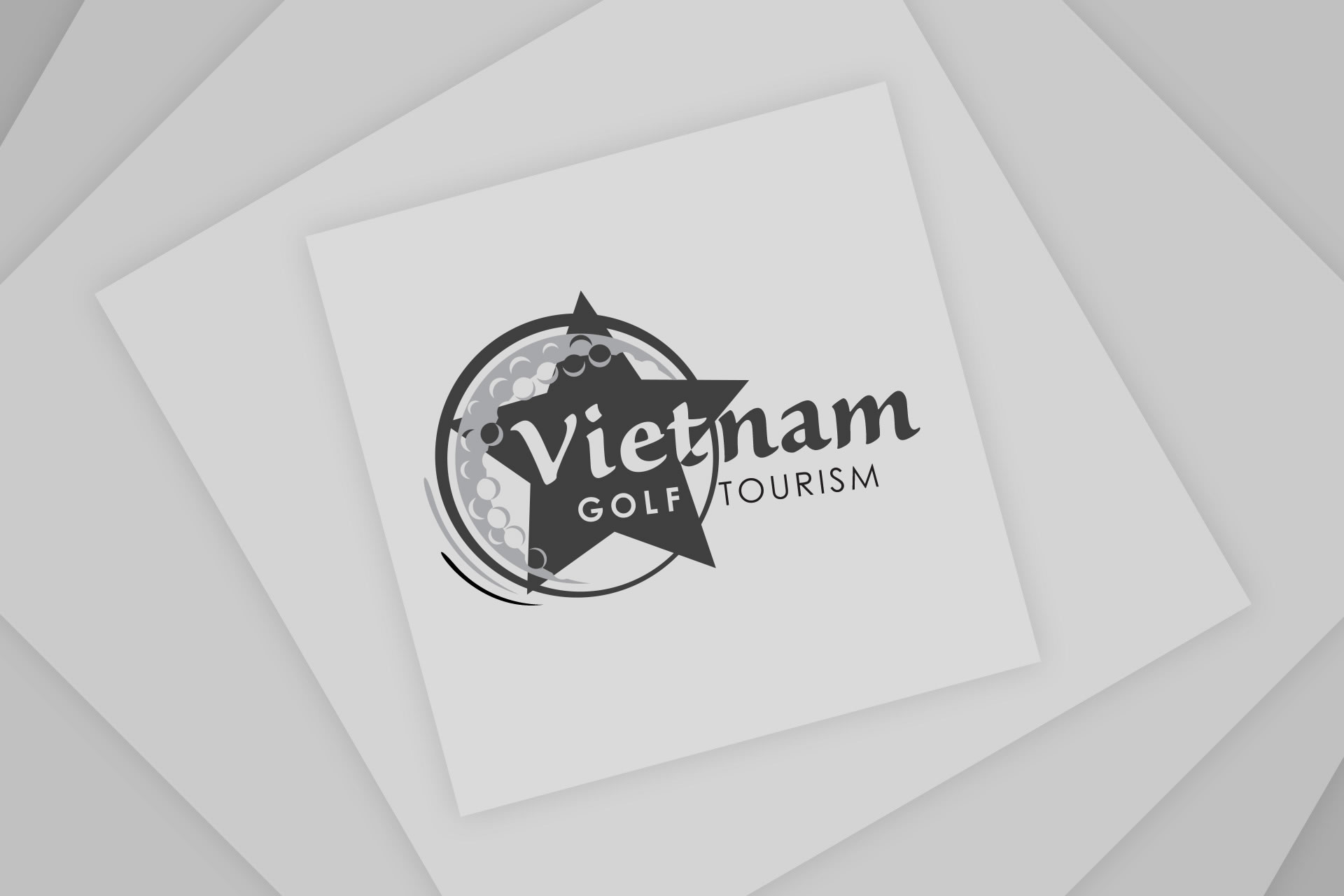BANGKOK, 6 August 2025: Thailand stands at a pivotal juncture in its tourism journey, and as global dynamics shift and regional tensions flare, it must recalibrate its strategy to remain a leader in the ASEAN travel market.
Leveraging tourism hotspots, such as Bangkok, Phuket, Chiang Mai, Hua Hin, Pattaya, and Samui, can serve as keystones in this transformation. However, these opportunities come with challenges, from infrastructure constraints to reputational risks associated with excessive party tourism.
Drawing on 35 years of experience living and working in Thailand, here is my take on a potential roadmap that highlights current hurdles and outlines possible sustainable solutions to boost tourist arrivals and enhance Thailand’s global tourism brand.
Building arrival growth using key cities
Phuket: The Southern Powerhouse
• Strengths: Global airport connectivity, resort infrastructure, yachting and marine tourism.
• Weaknesses: Seasonal overcrowding, environmental degradation, limited cultural diversity, and poor public transport.
Pattaya
• Strengths: Proximity to Bangkok, family-friendly attractions, MICE potential.
• Weaknesses: Negative image perceptions, nightlife-heavy branding, and poor policing. City traffic and public construction projects often suffer from mismanagement, delays, and poor quality control.
Hua Hin
• Strengths: Royal endorsement, wellness and golf tourism.
• Weaknesses: Lack of international flights, subdued nightlife may deter younger travellers.
Chiang Mai
• Strengths: Rich cultural heritage, cooler climate, digital nomad appeal.
• Weaknesses: Air pollution during the burning season, flight capacity limitations.
Samui
• Strengths: Upscale villas, eco-tourism, island-hopping.
• Weaknesses: Airline slot restrictions, weather dependency, and underdeveloped transport infrastructure.
Bangkok
• Strengths: Major international gateway, shopping, culinary scene, cultural landmarks, and MICE.
• Weaknesses: Traffic congestion, pollution, inconsistent tourism zoning and over-commercialisation in historic districts.

Top 10 Key source markets 2025 forecast
Ranked by projected inbound arrivals:
1. China 7.0-8.5 million
2. Malaysia 4.3 million
3. South Korea 2.3 million
4. India 2.2 million
5. Russia 2.1 million
6. Japan 1.9 million
7. United Kingdom 1.7 million
8. United States 1.5 million
9. Vietnam 1.4 million
10. Germany 1.2 million
Thailand’s MICE Market: An under-utilised engine
• Strengths: Bangkok and Pattaya’s world-class convention centres, high hospitality standards, and cost-effectiveness.
• Challenges: Air quality, regional competition (e.g., Singapore, Kuala Lumpur), visa complexity.
• Opportunities: ASEAN summits, eco-friendly MICE, hybrid digital events.
• Threats: Regional instability, cybersecurity concerns, inconsistent government backing.
SWOT Analysis – Thailand’s Tourism Sector
Strengths
• Strong global brand recognition
• Friendly, service-oriented culture
• Rich geographical and cultural diversity
Weaknesses
• Heavy dependence on mass tourism
• Environmental stress and inadequate infrastructure
• Fragmented public transport systems
Opportunities
• Wellness, sports, medical, and senior tourism
• Remote work migration and long-stay visas
• Green tourism policies
Threats
• Regional conflicts and instability
• Climate change effects (e.g., coral bleaching)
• Declining competitiveness in long-haul markets

Wellness tourism and sports Infrastructure wellness sector
• Strengths: Thailand is globally renowned for spa treatments and holistic therapies.
• Weaknesses: Patchy regulation and lack of cohesive international branding.
• Opportunities: Long-stay recovery programmes and medical-wellness tourism.
• Threats: Increasing competition from Bali, South Korea, and Sri Lanka.
Sports Tourism
• Strengths: Golf, Tennis, Muay Thai camps, and iconic events like the Laguna Phuket Triathlon.
• Weaknesses: Insufficient infrastructure for large-scale global events.
• Opportunities: Training hubs for Asia-Pacific athletes and regional events.
• Threats: Facility upkeep and unpredictable weather patterns.
Top five threats to Thailand’s tourism (2025–2030)
1. Geopolitical Conflict – Regional instability increases insurance costs and deters visitors.
2. Environmental Degradation – Pollution, reef bleaching, and habitat loss threaten eco-based tourism.
3. Economic Dependency – Overreliance on tourism leaves the economy vulnerable to global shocks.
4. Air Quality & Climate Change – Northern smog and rising temperatures hurt Thailand’s year-round appeal.
5. Reputational Damage – Scams, over-tourism, and visa friction could tarnish the Kingdom’s brand.
Quality and collaboration
To future-proof its tourism economy, Thailand must rebalance its focus toward quality over quantity, prioritising sustainability, inclusivity, and authenticity. MICE, wellness, and sports tourism hold significant promise, particularly when supported by forward-thinking infrastructure investments and environmental protection.
Bangkok, Phuket, Pattaya, Hua Hin, Chiang Mai, and Samui must act not as rivals but as collaborators in a unified national strategy. Only by harmonising efforts can Thailand retain its status as one of the world’s most desirable and enriching travel destinations.
(Source: Andrew Wood)

About the author
Andrew J Wood is a respected travel writer, hotelier, and tourism lecturer with over four decades of experience in Southeast Asia’s hospitality and tourism sectors. A former general manager of several leading hotels in Thailand and a regular speaker at international tourism forums, he is widely recognised for his insight into emerging travel trends and his passionate advocacy for Thailand as a world-class destination.
The post Reality check: Thailand’s tourism roadmap appeared first on TTR Weekly.





